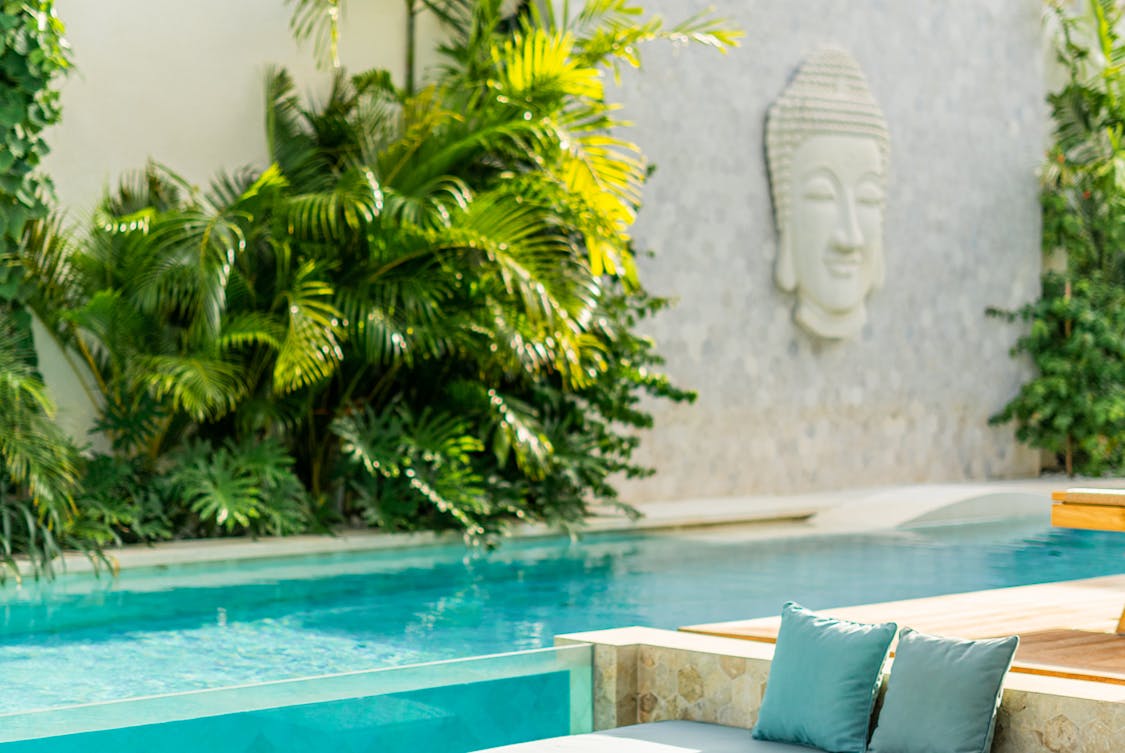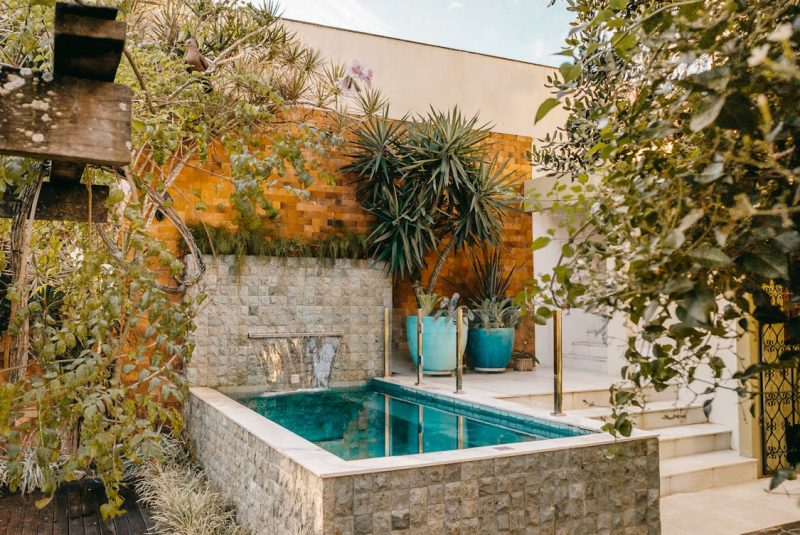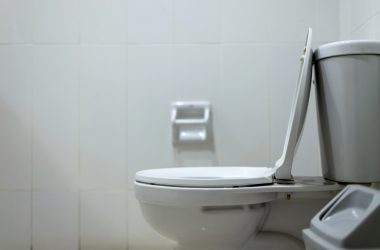Creating a swimming pool in a small backyard poses unique challenges and exciting opportunities. Having a pool can enhance your outdoor space, elevate your lifestyle, and serve as a refreshing retreat.
From choosing the right design to considering practical elements, there’s a lot to think about. Let’s break down the essentials for planning that perfect pool.
Assessing Space and Layout
Before anything else, take a good look at your backyard. Measure the dimensions, noting where the sun hits and where shade is cast.
This will help you visualize where the pool could fit. Keep in mind, a well-placed pool can become the centerpiece of your garden, enhancing both aesthetics and functionality.
Consider how the pool will complement the layout of your yard. Will it be adjacent to a patio? Close to the house?
Positioning can impact not just appearance but accessibility and usability. Think of how you envision using the space—will it be for relaxation, entertainment, or exercise?
Choosing the Right Pool Shape and Size
When space is tight, the shape and size of the pool become critical. Rectangular pools often work well in smaller yards, offering a sleek, modern look that maximizes swimming area.
Alternatively, a circular or oval pool can provide a softer, more inviting feel, breaking the harsh lines that come with rectangular designs.
Don’t forget to factor in depth. A shallow pool can be just as enjoyable as a deep one, especially for families with young children. If you’re looking to swim for fitness, a lap pool might be your best bet, stretching long and narrow in a small space.
If you’re unsure where to start, reaching out to professional pool builders can give you expert guidance on designs and solutions that maximize smaller spaces.
Selecting the Right Materials
The materials you choose can dramatically influence your pool’s look and feel. Tiles, fiberglass, and concrete each bring their own set of advantages. Tiles can provide a luxurious finish but might require more upkeep.
Fiberglass pools are often faster to install and can be more cost-effective in the long run. Concrete offers versatility in design but may involve a longer installation process.
When selecting materials, also consider the surrounding area. The deck, coping, and landscaping should harmonize with your pool choice. Natural stone can create a sophisticated look, while composite decking offers a low-maintenance solution.
Maximizing Functionality with Accessories

Thinking about accessories? They can enhance the usability of a small pool significantly. Consider adding built-in steps or benches for lounging.
A swim-up bar can turn a modest pool into a fun social space. If your yard is particularly small, think outside the box—perhaps a removable cover to transform the pool area into a patio when it’s not in use.
Lighting also plays a major role. Underwater LED lights can create an enchanting atmosphere during evening swims, making the pool area a beautiful extension of your home after dark.
Landscaping Considerations
Landscaping can elevate the entire experience of having a pool. Trees and shrubs can provide essential privacy while softening the hard lines of a pool. Native plants are often a smart choice—requiring less water and maintenance.
Consider using raised planters, which can add visual interest and can even serve as seating. Planting a mix of tall and low foliage creates texture, making the space feel lush without overwhelming the area.
Incorporating Safety Features
Safety is paramount, especially if children or pets are around. Fencing is a common requirement, and it can be incorporated in a stylish way. Glass panels can create an open feel, while wooden slats can add a touch of rustic charm.
In addition to fencing, consider non-slip surfaces around the pool area to prevent accidents. Pool alarms and covers also enhance safety, giving peace of mind when the pool is not in use.
Budgeting for Your Pool Project
Setting a budget is a key step in planning your pool. Costs can add up quickly, not just for the pool installation, but for landscaping, fencing, and ongoing maintenance. Decide what features are non-negotiable and where you can cut back.
Researching local contractors can help you get a sense of market prices. Gathering multiple quotes can also ensure you’re getting a fair deal. Don’t forget to factor in permits and potential landscaping costs in your total budget.
Maintenance and Upkeep
A small pool doesn’t necessarily mean less maintenance, but it can be more manageable. Regular cleaning, chemical balance, and winterization are still necessary. Consider automated options like robotic cleaners or automatic chlorinators to simplify the process.
Think about the long-term upkeep as well. Choosing durable materials and low-maintenance landscaping can save you time and money down the line. Investing in quality from the beginning often pays off, reducing the need for repairs or replacements.
Adding Personal Touches
Your pool should reflect your style and personality. Whether it’s adding colorful tiles, unique water features, or themed décor, let your creativity shine. A few well-placed lounge chairs or a chic umbrella can transform the area into a cozy retreat.
Incorporating personal touches also extends to the surrounding landscape. Incorporate art pieces, sculptures, or a fire pit to create a multifaceted outdoor space that invites relaxation and enjoyment.
Planning for Seasonal Use
Don’t overlook how seasonal changes will affect your pool. In cooler climates, consider a heated option to extend your swimming season. In warmer areas, shade structures can provide relief from the sun.
Plan for seasonal maintenance as well. Winterizing your pool may involve draining it or covering it up, depending on your location. Having a plan in place ensures your pool remains an asset year-round.
Future-Proofing Your Investment
Thinking long-term can help ensure your pool remains a valuable asset. Consider how your needs might change.
If you plan on having a family, ensuring the pool is safe for kids might be a priority. If you’re looking at resale value, tasteful designs that appeal to a broad audience can enhance your home’s marketability.
Maintain flexibility in your design plans, leaving room for future upgrades or changes in your lifestyle. This foresight can save you money and headaches later on.
Local Regulations and Permits
Finally, do not forget to check local regulations regarding pool installations. Zoning laws and building codes can vary significantly from one area to another.
Securing the necessary permits ensures that your project complies with local requirements, avoiding potential legal issues down the line.
Understanding the rules can also guide your design choices, as certain restrictions may influence your layout or materials. Engaging with local authorities early can make the entire process smoother.
By focusing on these aspects, you can transform your small backyard into a stunning pool oasis that fits your lifestyle perfectly. Planning ahead and considering various elements will help ensure that your pool serves as a delightful retreat for years to come.









